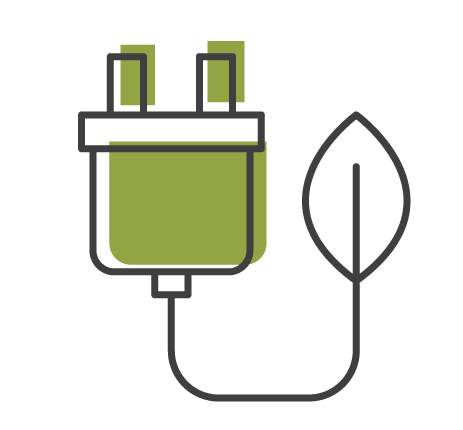Commemorating Three Mile Island – 39 years later
- Published:
Today, 28 March 2018 marks the 39th anniversary of the accident – a Level 5 incident on the International Nuclear Emergency Scale (INES), which occurred when a cooling malfunction caused a part of the reactors to melt, releasing a giant cloud of radioactive gas into the air – at Three Mile Island in Pennsylvania in the United States.
Three Mile Island – which happened in 1979 – was the first major accident to highlight a number of risks linked to producing nuclear energy – particularly with regard to the risks to public health and safety. What makes this accident particularly significant, is that the public outcry that followed resulted in more stringent oversight and regulation. Nuclear plant management processes were also more closely examined.
In his book Nukes? No Thanks: Five Arguments Against Nuclear Power in South Africa, veteran anti-nuclear activist, Mike Kantey notes that it was the combination of “equipment failures and worker mistakes” which contributed to the near meltdown.
While there were no immediate fatalities in the accident, there have been reports of an increase of cancers in the surrounding areas, after the accident. A study, conducted by Stephan Wing et al in 1997, has shown an increase in cancers in people living around the affected area. The study further claims that flaws in previous studies, meant that the extent of the link between cancer and radiation had most likely been underestimated.
It is interesting then, to note that – with reference to the same accident – the World Nuclear Association claims that “there were no adverse health effects” from the accident.
Peter Becker, from the Koeberg Alert Alliance, says that having a nuclear power plant close to densely populated areas is a concern, as it can be impractical to evacuate people if something goes wrong. He says that building a new larger plant next to the existing plant, as recently approved by the Department of Environmental affairs, after a long Environmental Impact Assessment process, is a bad idea.
“If a cloud of radioactive dust is released from Koeberg during a strong North West wind, it will take about 30 minutes to reach the City centre, less than 30km away. The City of Cape Town Emergency services do not have any plan in place to evacuate people, beyond a 16km radius of the plant,” says Becker.
SAFCEI’s Executive Director, Francesca de Gasparis says that the track record of our government – particularly when it comes to accountability and ethical governance – leaves little confidence that those responsible can be relied upon to do the right thing, in the event of an accident at Koeberg.
“How can we rely on a government that has refused to take ownership for any of its mistakes in planning for new nuclear energy, particularly in recent years? How can we rely on a nuclear industry, that seems more concerned with profits, rather provide citizens with the education and protection they need from this dangerous and failed technology,” says de Gasparis.
 Koeberg Nuclear Power Station
Koeberg Nuclear Power Station
Who we are
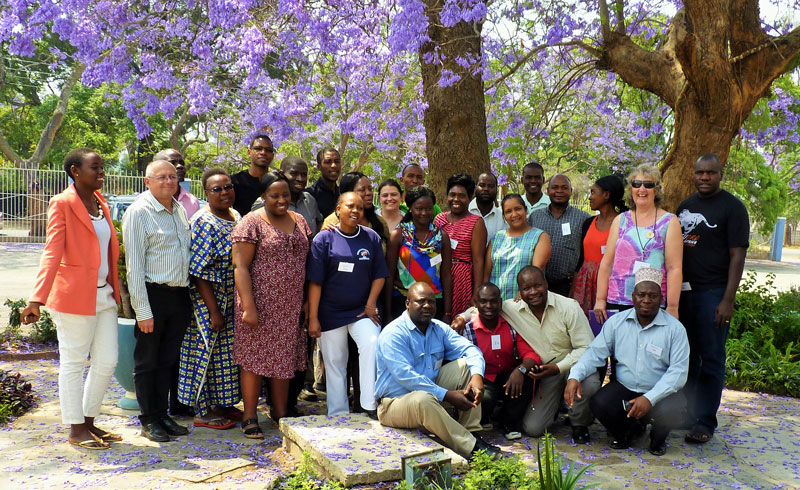
SAFCEI (Southern African Faith Communities’ Environment Institute) is a multi-faith organisation committed to supporting faith leaders and their communities in Southern Africa to increase awareness, understanding and action on eco-justice, sustainable living and climate change.
Featured Articles
-
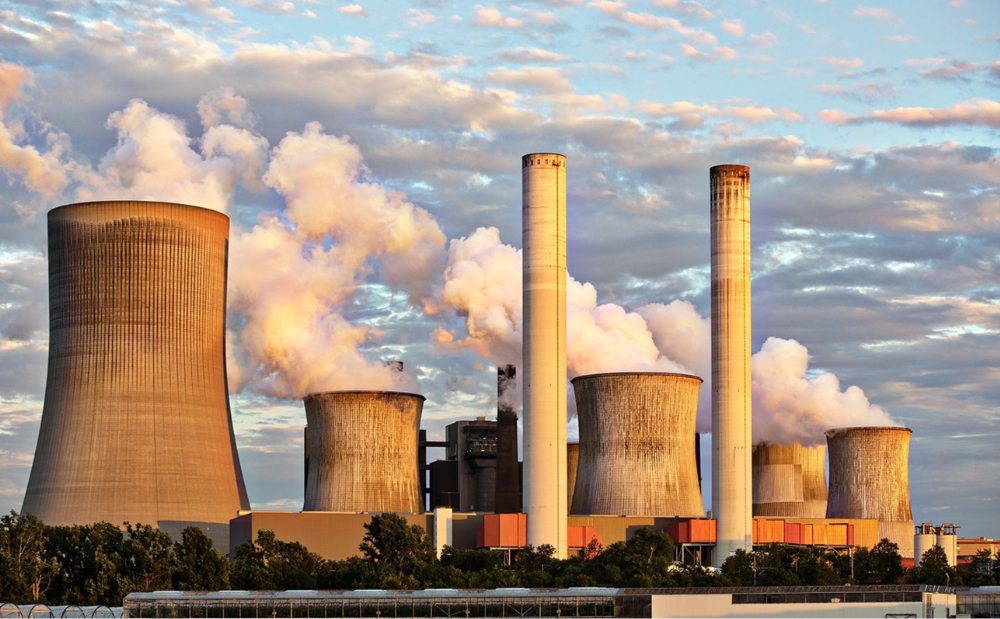
South Africa: Who Ends Up Paying If DMRE Cooks the Price of Nuclear Power?
-
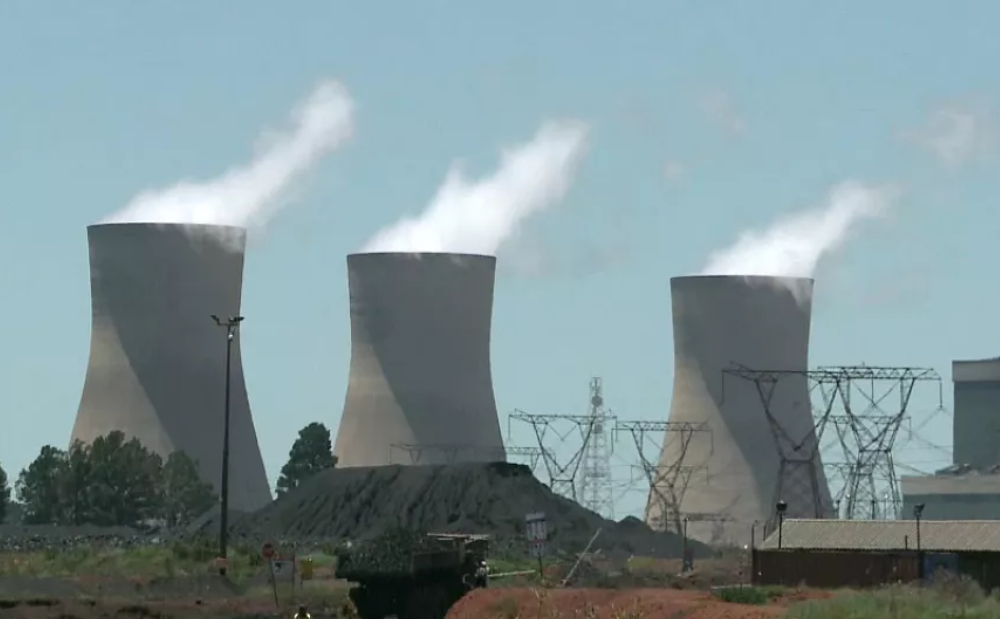
South Africa’s nuclear energy expansion plans continue to draw criticism, environmental NGOs chew over legal challenge
-

Earthlife Africa and SAFCEI respond to latest unsettling nuclear news regarding the ministerial determination
-
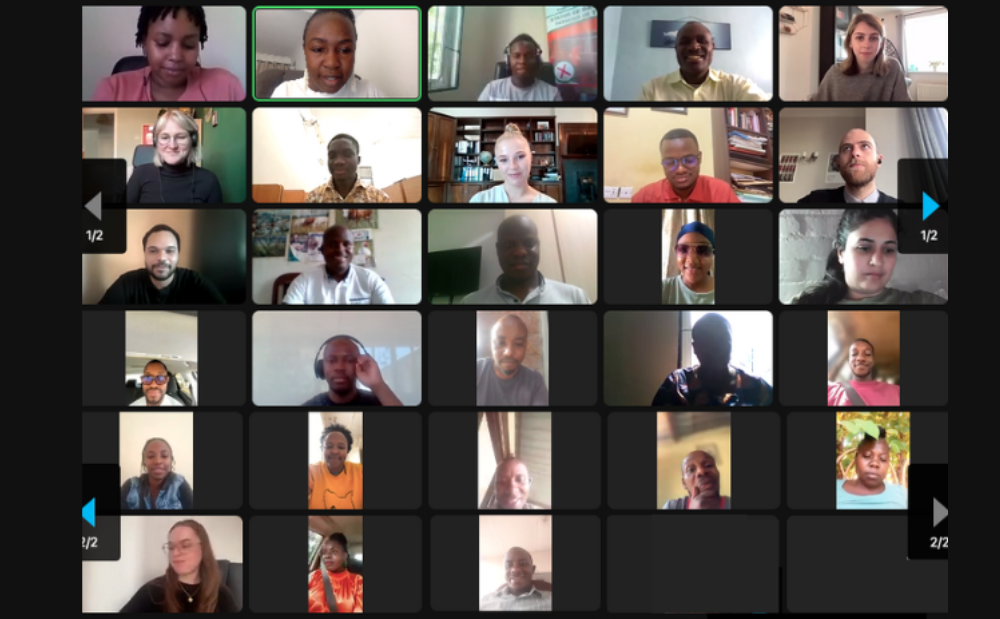
Open Wing Alliance Africa (Virtual) Summit 2023
-
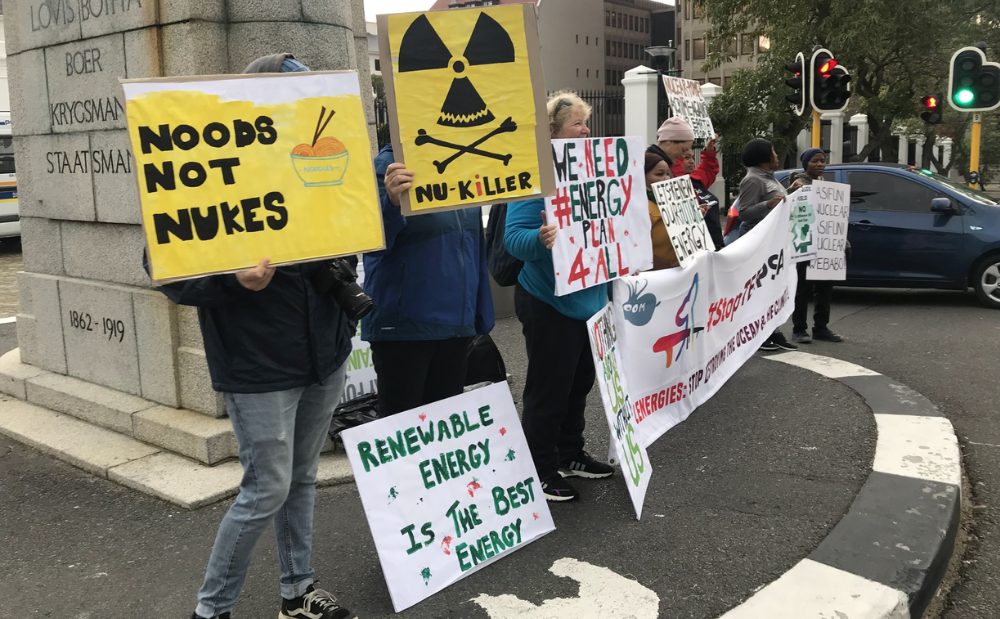
The Green Connection and SAFCEI respond to energy minister's divisive and deflecting comments
-

Job Vacancy: FLEAT Coordinator


